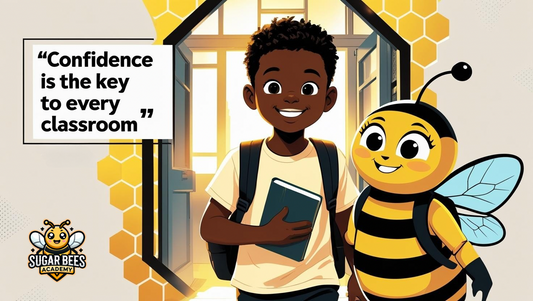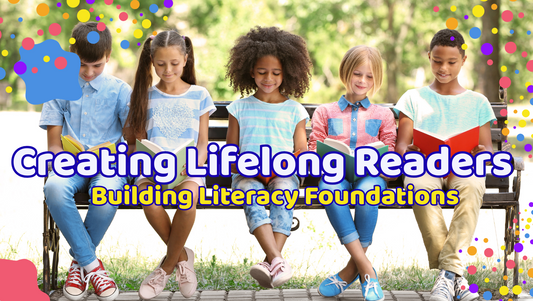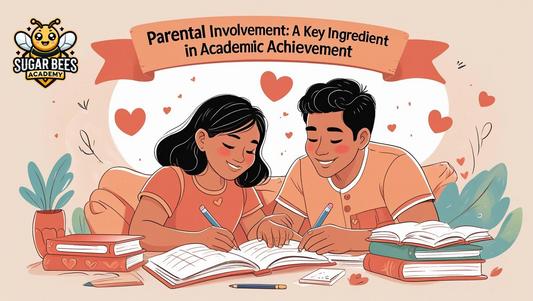
From Scribbles to Self-Expression: Understanding the Art of Young Children
Share
To an adult, it might just look like swirls of color or crayon marks off the page—but to a child, that scribble is a dragon, a dream, or a feeling. At SugarBees Academy, we know that every piece of children’s art tells a story—and often, it’s one they can’t yet put into words.
Art is one of the earliest forms of self-expression. Before children can write essays or even full sentences, they draw, paint, and build. Through these creative experiences, they’re not just making something—they’re making sense of their world.
Why Art Matters in Early Childhood
Children’s art is a powerful tool for learning and development. Research shows that art supports:
• Emotional expression
• Fine motor skills and hand-eye coordination
• Language development through storytelling and labeling
• Problem-solving and critical thinking
• Confidence and autonomy
When a child makes art, they are making decisions, experimenting, and reflecting on their own ideas. These are foundational skills for lifelong growth.
The Stages of Artistic Development
Understanding what to expect from young artists helps us appreciate each mark for what it is—an important step in development. Here’s a simplified progression:
1. Scribbling (Ages 1–3)
• Random marks, joyfully made
• Focus is on motion, texture, and cause-and-effect
• Emotional outlet and early experimentation
2. Pre-Schematic (Ages 3–4)
• First attempts at drawing people and recognizable forms
• Use of favorite colors, often symbolic rather than realistic
• Art reflects imagination more than reality
3. Schematic (Ages 5–6)
• Repetition of familiar symbols (houses, trees, people with details)
• Logical placement of objects—ground lines, skies, etc.
• Beginning to tell stories through pictures
Each stage represents a different way of understanding and expressing their world—and each is equally meaningful.
How We Approach Art at SugarBees
At SugarBees Academy, we take an open-ended, process-focused approach to art. Here’s what that looks like:
1. Art as a Process, Not a Product
We don’t direct children to make identical crafts. Instead, we provide materials, space, and time—encouraging freedom and creativity.
2. Valuing Expression Over Perfection
There’s no “right” way to draw a cat. We ask open questions like, “Tell me about your picture,” which invites storytelling and builds confidence.
3. Diverse Materials for Diverse Minds
Paint, clay, collage, nature objects—our classrooms offer materials that spark imagination and curiosity. Children explore textures, experiment with tools, and follow their ideas wherever they lead.
4. Displaying Art With Respect
Children’s art is displayed at eye level, celebrated, and often revisited. This reinforces a sense of pride and belonging within our community.
Art at Home: Supporting Your Young Creator
Here’s how parents can nurture creativity at home:
• Offer open-ended materials: Crayons, markers, stickers, recycled objects, blank paper
• Avoid asking “What is it?” and instead say, “Tell me about what you made”
• Celebrate effort, not perfection—“You worked so hard on that!”
• Create a mini gallery at home: hang their art, frame favorites, or take photos for a digital collection
• Make art together—model joy in the process, not just the outcome
These simple habits help children feel seen, valued, and inspired to keep creating.
In Summary: Every Scribble Has Meaning
At SugarBees Academy, we believe children are capable artists—long before they can write their names. Through every brushstroke and collage, they’re learning to communicate, solve problems, and express their deepest feelings.
Art isn’t just an activity—it’s a language. One that supports emotional growth, fosters curiosity, and reflects the heart of our values.
Let’s give them the space, the tools, and the encouragement to tell their stories—one masterpiece at a time.



